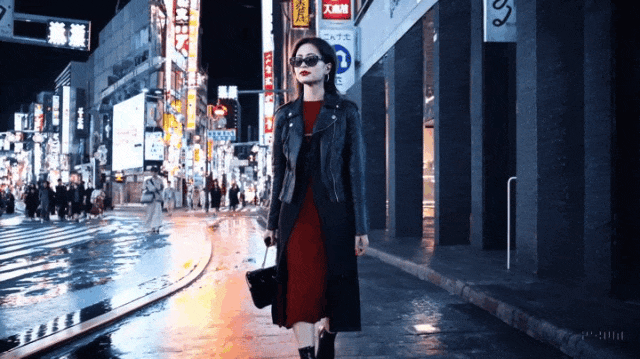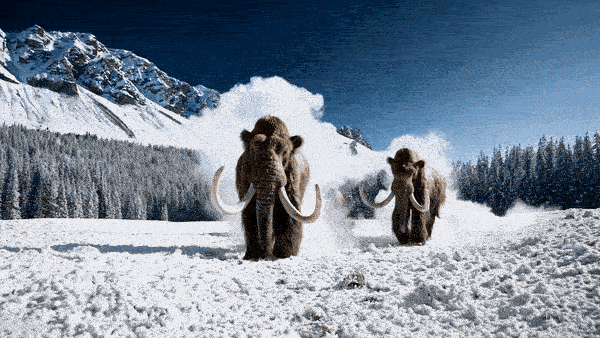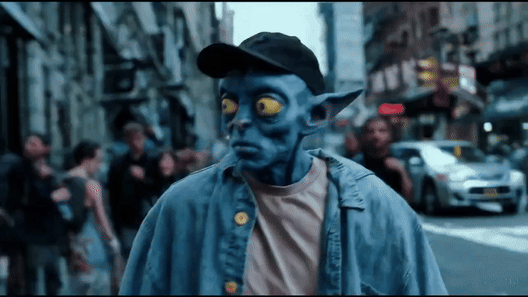🔸From Prompt to Production: Inside OpenAI's Sora
How Sora is Revolutionizing Video Creation with AI by turning Pixels into Blockbusters
Welcome back to Neural Notebook, your go-to source for the latest in AI and machine learning! Today, we're diving into the world of AI-generated videos with OpenAI's Sora model, a tool that's turning heads and pixels alike.
If you're enjoying our content, subscribe today to stay updated on the cutting edge of AI technology!
🎥 What is Sora?
OpenAI's Sora is a video generation model that can create realistic videos from text prompts, images, and even existing videos. Imagine crafting a high-quality video scene without a camera crew or a hefty budget—Sora makes it possible. With resolutions up to 1080p and lengths of up to 20 seconds, it's perfect for filmmakers, advertisers, and content creators looking to push creative boundaries.
Why is this important? Video content is king in today's digital age, and Sora's ability to generate scenes, characters, and environments from simple prompts could revolutionize industries from entertainment to education. It's not just about making videos; it's about making them smarter and more accessible.
🪄 The Magic Behind the Pixels
Sora's secret sauce lies in its advanced denoising mechanisms. The model starts with a noisy base video and refines it through a series of denoising operations, gradually revealing a coherent and high-quality video. This process is akin to developing a photograph, where the image slowly comes into focus.
But that's not all. Sora employs a transformer architecture similar to GPT models, allowing it to handle complex video generation tasks by effectively merging visual and textual data. This means you can input a text description, and Sora will generate a video that matches your vision—no director's chair needed.
🛑 Safety First: Keeping Content Clean
In the world of AI-generated content, safety is paramount. Sora employs a comprehensive safety stack to prevent the creation of prohibited content. This includes multi-modal moderation classifiers and output classifiers to detect and block NSFW content, ensuring that videos are safe for all audiences.
Compared to other models like Viggle AI and Movie Gen, Sora's safety measures are more robust, offering a higher level of protection against misuse. This makes it a reliable choice for creators who want to ensure their content remains ethical and compliant.
🌀 Scene Consistency and Object Persistence
One of the challenges in video generation is maintaining consistency across frames. Sora 2.0 addresses this with improvements in style and object representation, ensuring that elements remain stable throughout the video. This is crucial for creating believable and immersive content, especially when dealing with complex scenes or actions.
The model's scene transition mechanisms ensure smooth shifts between segments, maintaining spatial integrity and continuity. This means no more disappearing objects or jarring transitions—just seamless storytelling.
🎨 The Storyboard Tool: Your Creative Canvas
Sora's storyboard tool is a game-changer for creators. It allows users to specify inputs for each frame, enabling precise control over the sequence and content of the video. Want to tweak a scene or add a new element? The storyboard tool makes it easy to customize and refine your vision.
Future updates aim to enhance this feature with quicker generation times and more intuitive interfaces, making it even easier to bring your ideas to life.
🌎 Real-World Applications
Sora's potential applications are vast. In education, it can generate interactive videos that make complex concepts more engaging and understandable. In the film industry, it offers a cost-effective way to create special effects or entire scenes, reducing production time and expenses.
For social media influencers and advertisers, Sora provides a tool to create personalized and eye-catching content that stands out in a crowded digital landscape. The possibilities are endless, limited only by your imagination.
😅 Limitations and Challenges
Despite its impressive capabilities, Sora isn't without its challenges. The model struggles with simulating realistic physics and handling complex actions over longer durations, which can lead to inconsistencies. However, ongoing improvements aim to address these issues, enhancing the model's ability to generate high-quality videos.
Additionally, Sora's current public interface limits video lengths to 20 seconds, but future updates may expand these capabilities, offering even more creative freedom.
🛣️ The Road Ahead: What's Next for Sora?
As Sora continues to evolve, OpenAI is focused on refining its speed, quality, and consistency. This includes exploring new denoising techniques and enhancing motion synthesis to improve the realism of generated videos.
Looking ahead, Sora's development could pave the way for more advanced AI models capable of understanding and simulating the real world, bringing us closer to the goal of Artificial General Intelligence (AGI).
🔮 Future
In a world where video content is increasingly important, Sora offers a glimpse into the future of AI-driven creativity. By combining cutting-edge technology with robust safety measures, it empowers creators to push boundaries and explore new possibilities.
Whether you're a filmmaker, educator, or content creator, Sora provides the tools to turn your ideas into reality. So why not give it a try and see where your imagination takes you?
Until next time, keep creating and stay curious!
Cheers,
The Neural Notebook Team
Twitter | Website
P.S. Don't forget to subscribe for more updates on the latest advancements in AI and how you can leverage them in your projects.






